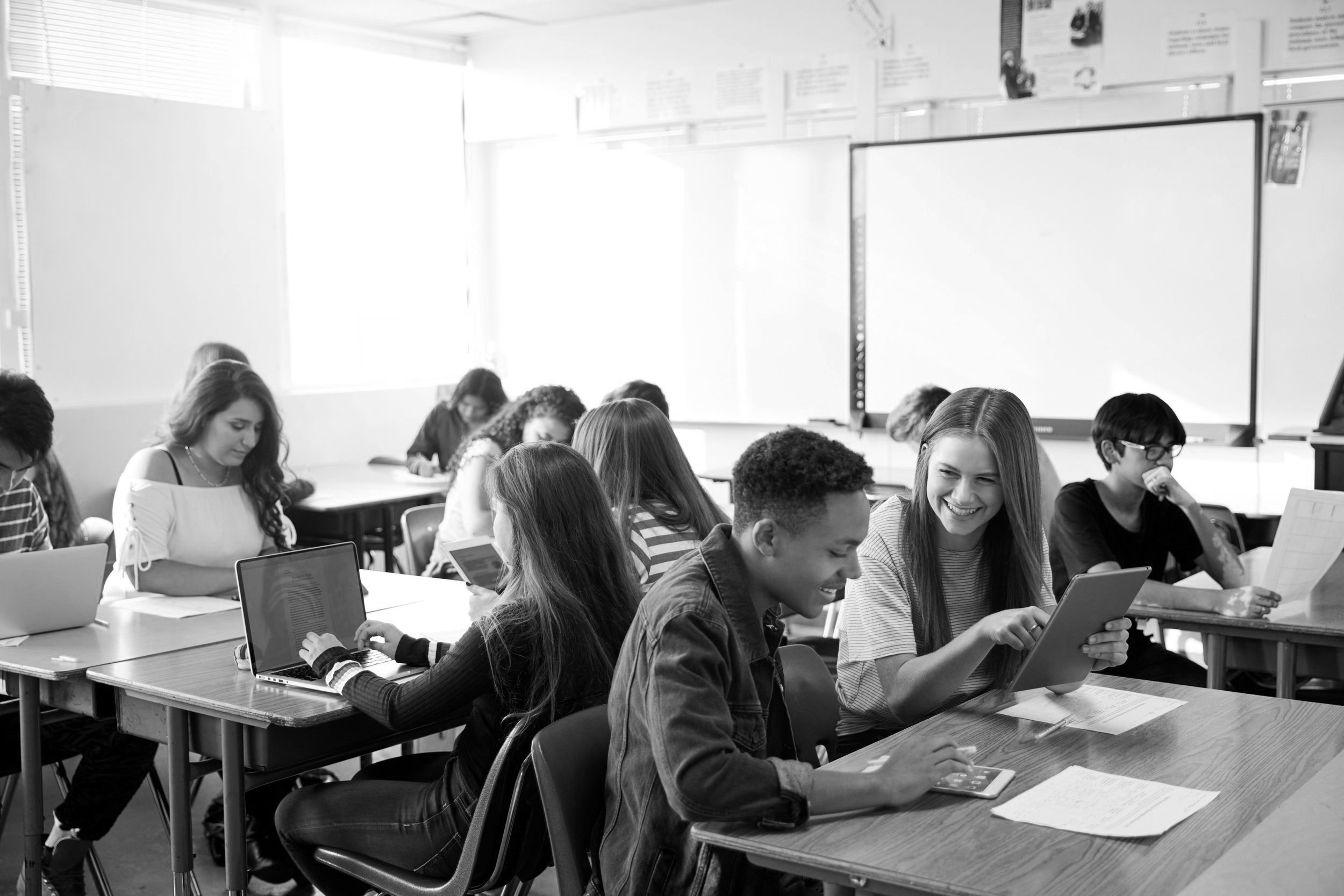
Examples

Since 2016, our signature program, the Community Changemaker Challenge (CCC), has inspired hundreds of students to design solutions to problems they care about.
These problems have included climate change, mental health, homelessness, care for the elderly, quality education, community engagement, and sustainable manufacturing.
Our design challenges are highly flexible and adaptable to any classroom setting. Sometimes in our schools problem-solving is thought of only in a STEM context, but our methodology fits interdisciplinary courses like global issues or environmental studies, as well as more traditional humanities classes like history, art, world language, and English.
With the task being — “Identify a problem” — teachers are able to put parameters on the challenge that fit their discipline.
For example, a chemistry teacher could say, “Identify a problem affecting our local community related to water pollution or the gas laws.” A history teacher could say, “Identify a problem within American democracy or a problem that currently faces American foreign policy and derive your solution from historical examples.” Similarly, an art teacher could say, “identify a problem related to public art and design an innovative solution to solve it.”
In addition, because classrooms can engage in a challenge at any time during the year, teachers can link their standards and competencies to the projects. We work closely with teachers to design a calendar that works for them and meets their goals.

Three examples of our students linking academic content with innovative design:
Engineering + Ethics
After researching who has traditionally been included and excluded from the engineering field, one student developed their school’s engineering curriculum to be more inclusive and relevant. At the end of the competition, a teacher from another school expressed interest in the curriculum, knowing it would positively shape the experience of his students.
Vertical Designs
After researching mental health challenges related to urban poverty, students created indoor green walls which linked research-backed, nature-based solutions to reduce anxiety and depression. Although not required, the students used a prototype as part of their presentation.
BIOThermal
Looking at this new design to turn waste into energy, students came to understand biochemistry through composting and the benefits of carbon-free energy production.



